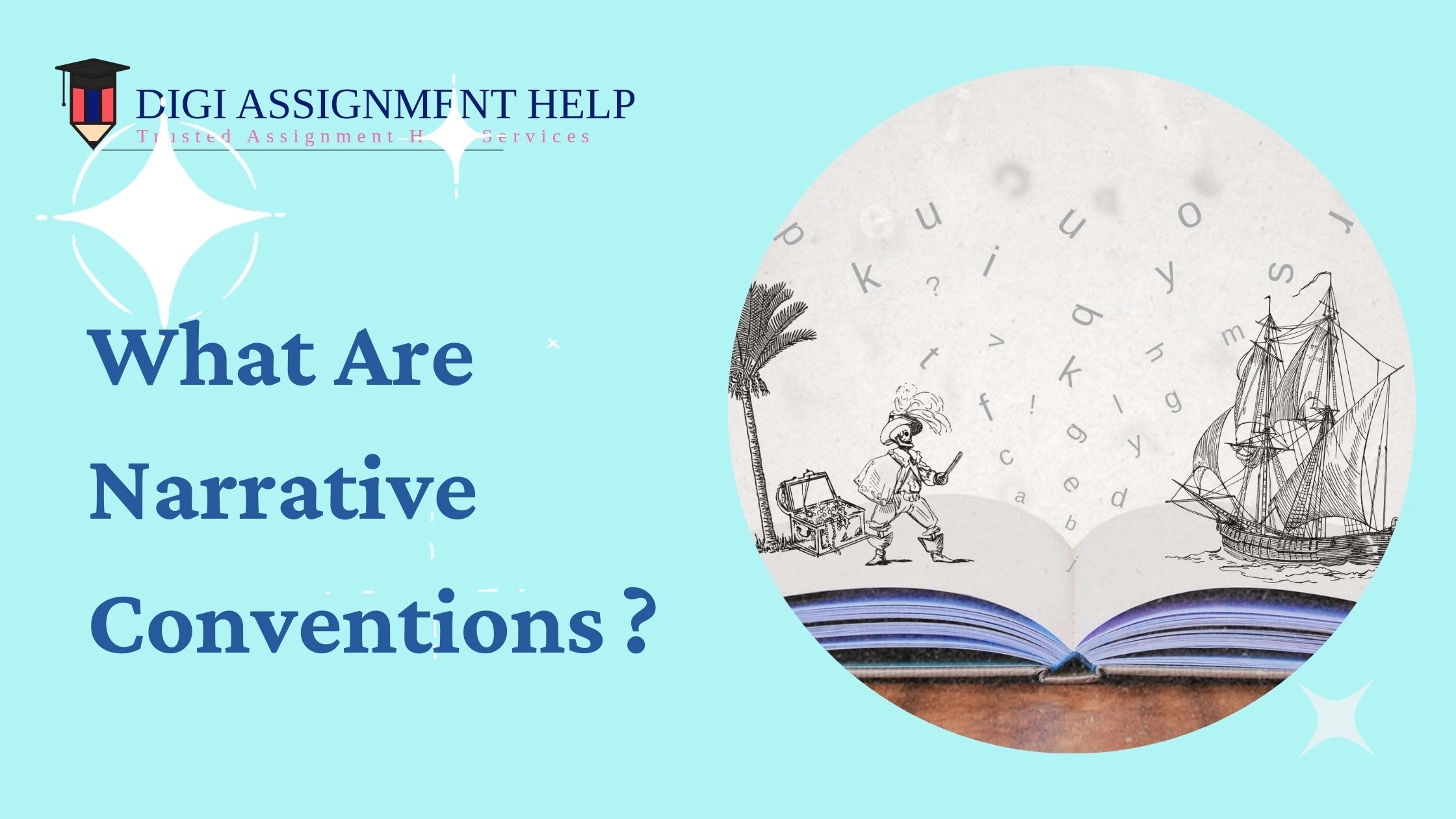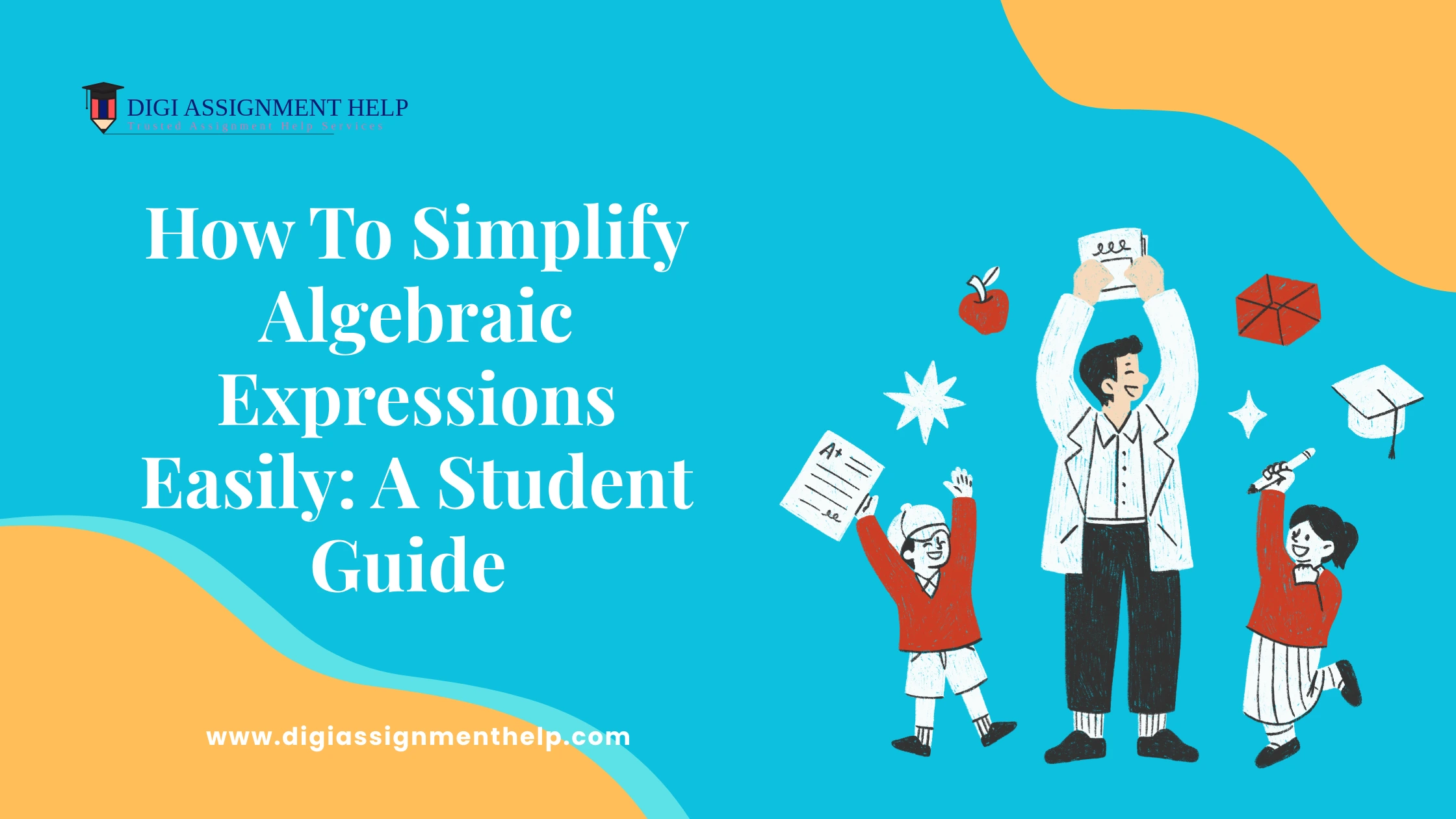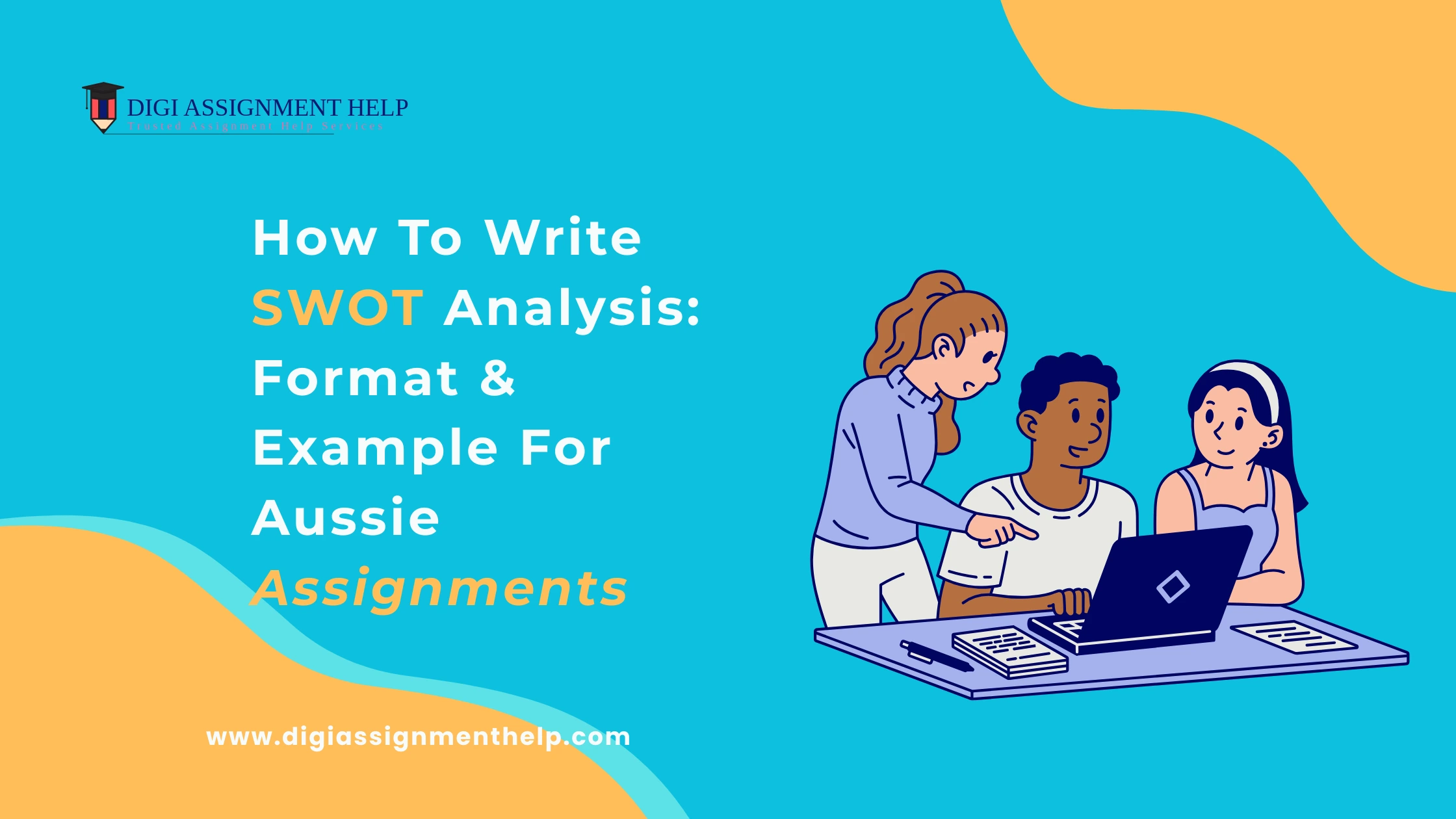What are Narrative Conventions?
 24-Jul-2024 09:44 AM
24-Jul-2024 09:44 AM

Narrative convention refers to the standard tricks of storytelling that writers rely upon, such as settings in a novel and composition within poetry.
Without a doubt, these thresholds have purposes because they place readers in spaces of comprehension where they can more easily realise and enjoy the stories being read. In Australia, a story is central to each book and movie as well as important in school work.
Narrative Conventions: What They All Mean
Narrative conventions can be thought of as the scaffolding upon which a work (film, novel, etc.) is built. This includes the plot, setting, characters, and themes, all of which contribute to making the story exciting and easy to navigate.
-
Plot: This is the main event from start to finish in a story. It almost always includes a start, middle, and finish. The story can be intense, with plenty of interesting details for the reader.
-
Setting: It is the place where the story occurs - a real place or an imaginary one. The setting establishes the atmosphere for your story.
-
Characters: These are the people or animals in the story. They might be heroes, villains, or other figures who advance the story. Characters matter and contribute to how one understands.
-
Themes: Themes are the big ideas or messages the writer wants to share. They can cover themes of love, friendship, courage, and the like.
Narrative Convention Types
Narrative conventions are carried out in many different ways. Writers use them to tell their stories. Here are some common types:
-
Linear Narrative: Linear narratives are the most simple form of narrative. Events are told in order. It has a clear beginning, middle, and end to the story.
-
Non-Linear Narrative: As the name suggests, it is not according to order and sequence. The narrative may move around in time. As it moves along, it unveils various layers of the story.
-
First-Person Narrative: In the first-person narrative, we only know what happened as long as our protagonist lived it. It uses "I" or "we." This way, it lets the reader experience this world as if looking through your character's eyes.
-
Third-Person Narrative: These stories are told from the perspective of a third-person society. It refers to him, her, or they. That way, multiple perspectives can be shown through the writer.
-
Omniscient Narrative: An omniscient narrator is an all-seeing observer who knows the end from the beginning of your story. An omniscient narrator can tell the thoughts and feelings of all characters.
Conventions in Australian Literature
Narrative conventions are used in several forms throughout the written culture of Australia. They can be found in kids' books and sci-fi novels. Australian authors employ these conventions to investigate themes of the Australian national identity, such as landscape, culture, and history.
-
Indigenous Stories: Narrative conventions are used to share important cultural messages through Indigenous Australian stories. These stories could be anything from old myths and legends. They might also talk about contemporary problems.
-
Historical Fiction: Many Australian writers explore this using historical fiction, which is, in my opinion, the easiest way to get a reader into your books. Elaborately constructed with multiple perspectives and characters from various moments in Australian history, these are narrative building blocks.
-
Adventure Stories: Australia is riddled with numerous adventure stories and is quite famous. Narrative conventions are tools that writers use to develop their stories in stirring ways. These stories are often about courageous individuals overcoming adversity.
-
Realistic Fiction: Realistic fiction is a bit of an obvious one in the world of Australian literature. The stories are positioned using real-life issues and regular lifestyles. Narrative conventions create human characters, and familiarity is depicted through the use of narrative clauses.
Benefits of Narrative Conventions
The conventions of the story are necessary. They bring to the table a well-defined and interesting narrative. They create a structure that guides the reader on where to go within the plot and how they are meant to observe characters or themes. A story feels disjointed or unclear without these conventions.
-
Engaging: Deferring to story conventions can keep the reader engaged. They arouse expectation and interest. In this way, the plot and setting combine with characters designing a world in such an involved manner that it forces readers to get engrossed amidst all the events.
-
Clarity: Writers can make their stories easier to grasp by adhering to narrative conventions. There, the reader can track the plot and characters. They are easy concepts and, hence, resonate with the themes and messages easily.
-
Creativity: Structure is a jumping-off point for creativity. They are also open to expressions of creativity. These are conventions that writers learn to play around with to come up with stories that feel original and realistic.
Recognising Narrative Conventions
Knowing common narrative conventions can help readers decode a story. Here are some signs of these conventions:
-
Search for the Plot Structure: This is to watch out for all sequences of events. It is similar to how the plot is organized. Find the starting point, the middle part, and the ending.
-
Setting: Record the surroundings in which the story happens. Consider how the setting influences the mood and tone of your piece.
-
Analysing the Characters: Look at the characters and their importance. Consider their motivations. Remember how they take the plot forward.
-
Recognise the themes: This goes back to trying to understand what this larger worldview at play is as a whole and thinking about the big ideas or messages of the story. Think about what the writer is attempting to say.
Narrative Conventions Examples
Take a look at these examples to learn how narrative conventions operate.
-
Linear Narrative Example: A classic fairy tale such as "Cinderella!". Cinderella lives with her stepmother. It sweeps over the happenings of a ball. It always ends with the prince marrying her.
-
Non-Linear Narrative Example: A story similar to Harry Potter and the Philosopher's Stone. The majority of the story is on rails. However, flashbacks and memories inform crucial aspects.
-
First-Person Example: For more contemporary works, it is as simple and direct, for instance, in the "Diary of a Wimpy Kid" series, it's Greg who tells us his story. Greg is the lens through which readers see everything. They know his feelings.
-
Third-Person Narrative Example: The "Harry Potter" series was told in the third person. They show that the narrator knows what every one of the characters is saying, doing, and feeling. It is a different perspective and stretches the story.
-
Omniscient Narrative Example: Classic novels are full of omniscience in the narrative style, anyway, Jane Austen's "Pride and Prejudice" is a good example. The narrator knows who caused every event and everything about all the characters.
Using Narrative Conventions for School Projects
Narrative conventions are regularly applied by school and college students in Australia. Learning these conventions can help readers hone their writing skills and storytelling. Here are some ways to use narrative conventions in assignments:
-
Begin to Plot: Even before writing, give the key episodes of your story a plot. Just make sure it has a set-up, confrontation, a set of revelations, and a resolution in the end.
-
Bring Your Setting to Life: Envision the setting in detail. Allow the reader to envision the story's setting. Consider the mood of your story throughout its setting.
-
Unique Characters: Develop interesting characters with different personality traits and motivations. Think about what drives them. Think about how they treat others of the opposite gender.
-
Delve into important topics: Imagine the universal truths you want to impart in your story. Tell a story about these themes through the plot and characters.
Conclusion
It is through narrative conventions that writers tell their stories. It is what leads the reader to want to keep reading. A wide range of literary narrative conventions are used within Australia at all levels of society to represent the narrative genre. They investigate the unique culture, history, and landscape of the country.
Narrative conventions help make everything better. By imagining a scenario in story detail, readers gain an understanding of the plot, setting, characters, and themes. Students residing in Australia can benefit from learning narrative conventions by improving their reading and writing skills. It will help you more readily consume all flavours of the literary stew.
In short, narrative conventions are part of telling a story. It makes for a nice backstory. The more you get that sort of code, the better we can tell stories. Digi Assignment Help provides expert assistance for students who require assignment help to enhance their academic performance.





























